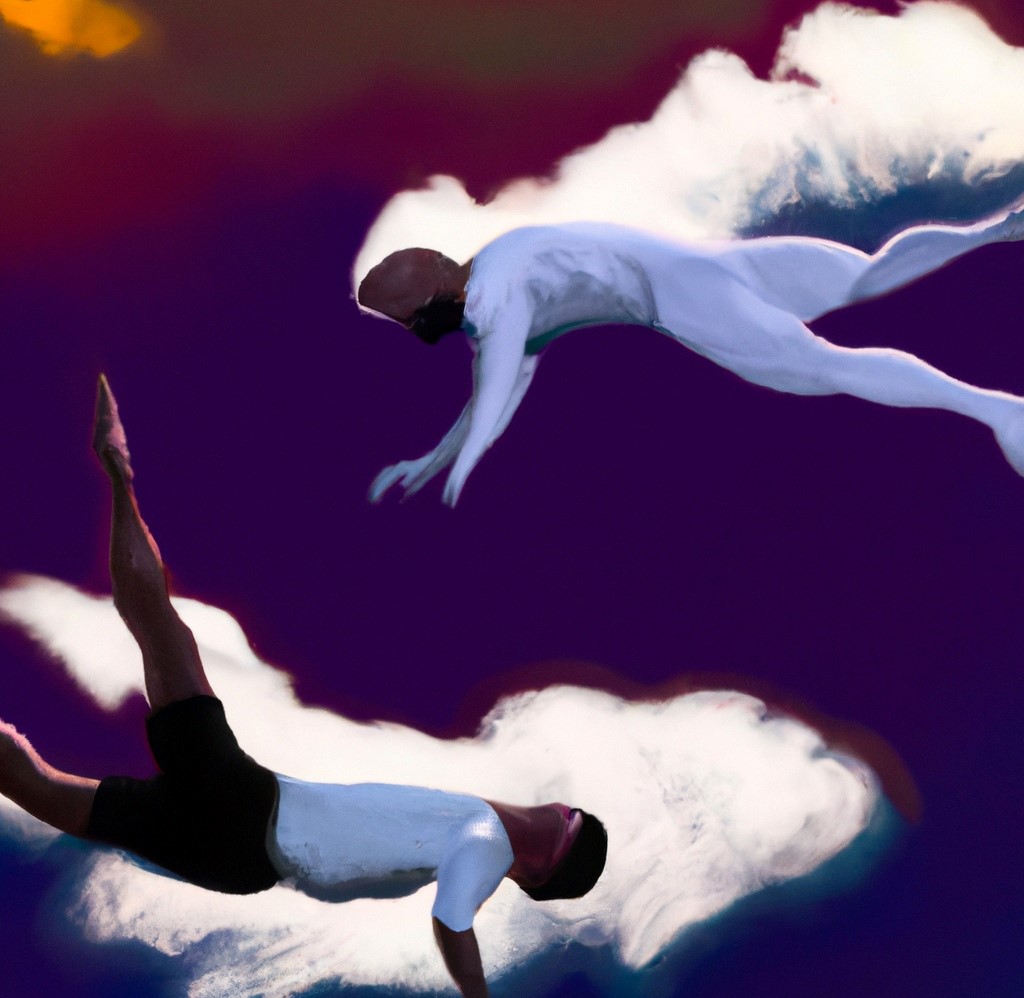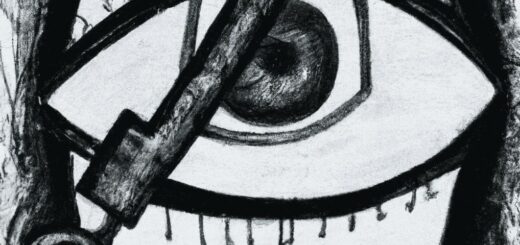Surrealism in Film: The top 10 classics
Surrealism is an artistic movement that emerged in the early 20th century, characterized by the use of dreamlike images and illogical juxtapositions to create a sense of the absurd. Surrealism is often associated with visual art, but it has also had a profound impact on film. In this article, we will explore two surrealist classics that have left an indelible mark on the world of cinema.
Un Chien Andalou (1929)
Directed by Luis Buñuel and Salvador Dalí, Un Chien Andalou is a short film that has become a seminal work of surrealist cinema. The film is structured around a series of dreamlike images and seemingly unrelated scenes that are presented without any clear narrative structure.
One of the most famous images from the film is that of a man (played by Buñuel) slicing a woman’s eyeball with a razor. This scene is often interpreted as a metaphor for the destructive power of desire and the violence that can result from it. Other memorable scenes include a man dragging two grand pianos containing dead donkeys, and a man with ants crawling out of a hole in his hand.
Un Chien Andalou is a film that defies categorization. It is not a horror film, nor is it a comedy, but it contains elements of both. The film’s lack of narrative structure and its use of dreamlike imagery make it a challenging viewing experience, but it is also a deeply rewarding one.
Eraserhead (1977)
Directed by David Lynch, Eraserhead is a surreal horror film that has become a cult classic. The film tells the story of Henry Spencer, a man who lives in a bleak, industrial landscape with his girlfriend Mary X. Mary gives birth to a deformed baby, which Henry is left to care for on his own.
Eraserhead is a deeply unsettling film that uses surreal imagery to create a sense of dread and unease. The film’s industrial setting and its use of sound design (which includes a constant hum and the screams of a baby) combine to create a sense of claustrophobia and despair.
One of the most memorable images from the film is that of the deformed baby, which is a grotesque and unsettling creation. The baby’s cries and movements are intensely disturbing, and its presence dominates the film.
Eraserhead is a film that rewards repeated viewings. Its use of surreal imagery and its exploration of themes such as parenthood, masculinity, and industrialization make it a rich and complex work that continues to captivate audiences today.

Mulholland Drive (2001)
Directed by David Lynch, Mulholland Drive is a surreal mystery film that follows the story of an aspiring actress named Betty Elms who arrives in Los Angeles hoping to make it big in Hollywood. She befriends an amnesiac woman named Rita, and the two women set out to uncover the truth about Rita’s identity.
Mulholland Drive is a film that defies easy explanation. It features dreamlike sequences, bizarre imagery, and a nonlinear narrative structure that jumps between different timelines and realities. The film’s themes of identity, sexuality, and the dark underbelly of Hollywood have made it a cult classic.
The Lobster (2015)
Directed by Yorgos Lanthimos, The Lobster is a darkly comedic surreal film set in a dystopian future where single people are sent to a hotel and given 45 days to find a romantic partner or be transformed into an animal of their choice. The film follows the story of a man named David who goes to the hotel after his wife leaves him.
The Lobster is a film that uses surreal imagery and dark humor to explore themes of love, relationships, and societal pressure to conform. The film’s absurdist premise and deadpan humor make it a unique and memorable viewing experience.
The Holy Mountain (1973)
Directed by Alejandro Jodorowsky, The Holy Mountain is a surreal and visually stunning film that tells the story of a Christ-like figure named The Alchemist who leads a group of people on a quest to reach the top of the titular mountain. Along the way, they encounter a series of bizarre and surreal characters and situations.
The Holy Mountain is a film that defies easy explanation. It features a wide variety of surreal and symbolic imagery, including references to tarot cards, alchemy, and various religious traditions. The film’s exploration of spirituality, power, and the search for meaning has made it a cult classic.

Paprika (2006)
Directed by Satoshi Kon, Paprika is an animated science fiction film that explores the boundaries between dreams and reality. The film follows the story of a researcher named Dr. Atsuko Chiba, who uses a device called the DC Mini to enter and explore the dreams of her patients. When the device is stolen, Atsuko must team up with a detective to track down the thief and prevent a dangerous new form of dream therapy from being unleashed on the world.
Paprika is a film that uses surreal and psychedelic imagery to explore themes of identity, technology, and the power of the human mind. The film’s stunning animation and mind-bending visuals have made it a beloved classic of the anime genre.
The Fall (2006)
Directed by Tarsem Singh, The Fall is a visually stunning fantasy film that tells the story of an injured stuntman named Roy who befriends a young girl named Alexandria while both are recovering in a hospital. To keep Alexandria entertained, Roy tells her an epic tale of adventure and fantasy featuring a group of heroes on a quest to defeat an evil emperor.
The Fall is a film that uses surreal and fantastical imagery to tell a touching story about the power of storytelling and the human imagination. The film’s stunning cinematography, which was shot in over 20 countries, and its use of practical effects instead of CGI make it a truly unique viewing experience.
Holy Motors (2012)
Directed by Leos Carax, Holy Motors is a surrealist film that follows the story of Monsieur Oscar, a man who travels around Paris in a limousine, transforming into different characters and performing a series of bizarre and surreal tasks. As the film progresses, the line between reality and fantasy begins to blur, and it becomes increasingly difficult to tell what is real and what is not.
Holy Motors is a film that challenges the viewer’s perceptions of reality and identity. Its use of surrealist imagery and its exploration of themes such as performance, identity, and the nature of cinema make it a complex and thought-provoking work of art.
The Cabinet of Dr. Caligari (1920)
Directed by Robert Wiene, The Cabinet of Dr. Caligari is a silent horror film that is widely considered to be one of the greatest examples of German Expressionism. The film follows the story of a mad scientist named Dr. Caligari, who uses a somnambulist named Cesare to commit a series of murders.
The Cabinet of Dr. Caligari is a film that uses surreal imagery and distorted sets to create a sense of unease and disorientation. Its exploration of themes such as power, control, and madness make it a powerful and haunting work of art.
Donnie Darko (2001)
Directed by Richard Kelly, Donnie Darko is a surreal science fiction film that follows the story of a troubled teenager named Donnie who has visions of a giant rabbit named Frank. As Donnie’s visions become increasingly intense, he begins to uncover a dark and disturbing conspiracy that threatens to destroy the world.
Donnie Darko is a film that uses surreal imagery and a nonlinear narrative to explore themes of time, fate, and free will. Its haunting soundtrack and powerful performances make it a cult classic that continues to captivate audiences today.
Conclusion
In conclusion, surreal films have had a significant impact on the world of cinema, offering viewers a unique and imaginative take on the human experience. These films challenge our preconceptions about reality and offer a rich and rewarding viewing experience, exploring themes such as identity, time, power, and the nature of cinema itself. From the horror of Un Chien Andalou to the mind-bending sci-fi of Donnie Darko, surreal films remind us of the power of art to explore the deepest recesses of the human psyche. These films continue to captivate audiences today and will undoubtedly continue to inspire future generations of filmmakers.



